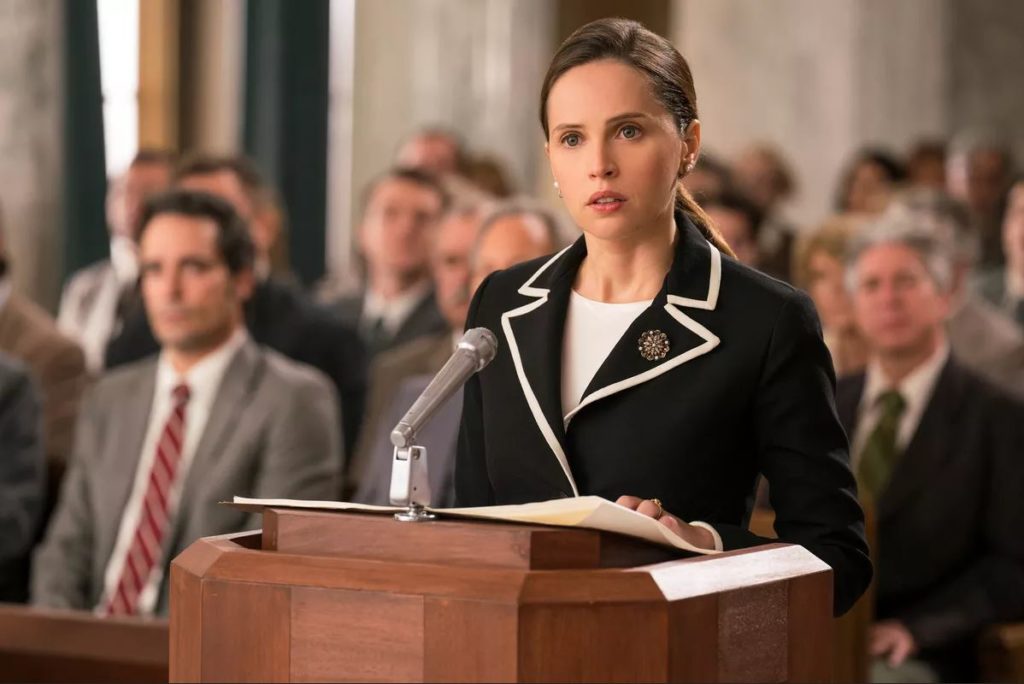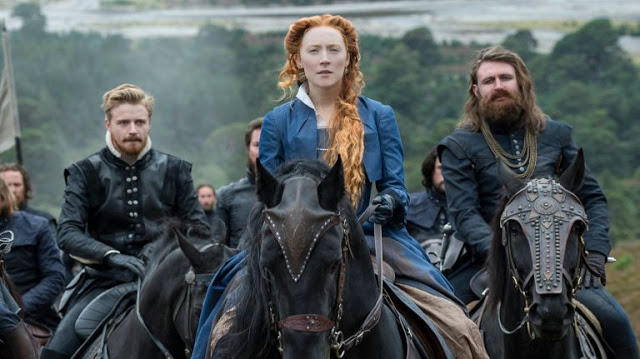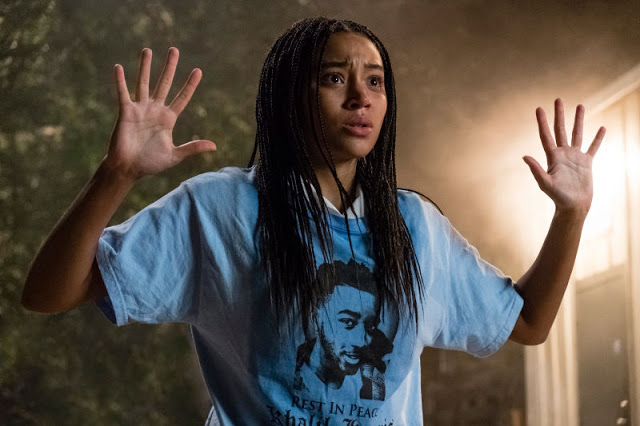On the Basis of Sex: Fighting for Equality, Through the Law and Gritted Teeth

Last year, the documentary RBG attempted to honor the extraordinary life of Ruth Bader Ginsburg, charting her path from able young mind to Harvard Law student to U.S. Supreme Court Justice to feminist icon to internet meme. It was a well-intentioned effort that suffered from the usual pitfalls of cinematic hagiography, struggling to compress 85 years of the life of one of the most important legal figures in modern American history into a tidy 98 minutes. On the Basis of Sex, the new Ginsburg biopic from Mimi Leder, takes a narrower approach, homing in on two key periods in its subject’s life: her challenges as one of the few female students at Harvard, and her early labors as a litigator striving for women’s equality. Where RBG’s impact was glancing—to borrow from Supreme Court terminology, it felt more like a syllabus than a full opinion—Leder’s film lands a blow with something resembling force.
If the boxing metaphor seems peculiar, bear in mind that, despite trafficking in bookish disciplines and legal arcana, On the Basis of Sex is essentially a sports movie. Its heroine, played with poise and pluck by Felicity Jones, is the proverbial underdog, fighting to rise through the ranks and topple an entrenched dynasty. Its villains, most notably personified by Sam Waterston as Harvard’s dean of students, are pillars of the establishment, wielding their superior resources—money, power, connections—to extend their unbroken streak of competitive dominance. There are triumphs and setbacks, eager rookies and cagey veterans, strategic coaching maneuvers and breezy montages. There is even a Big Game, with a climactic moment designed to be as suspenseful as the final jump shot in Hoosiers. Read More




